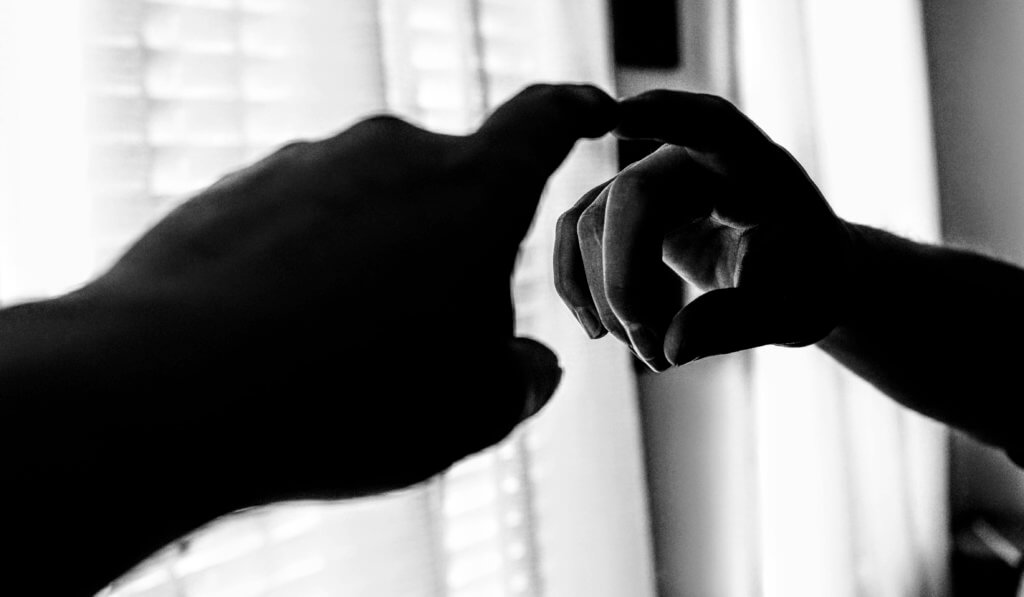
Methamphetamine (meth) is an illicit stimulant similar to amphetamine, a prescription drug used to treat Attention-Deficit Hyperactivity Disorder (ADHD and narcolepsy. Meth is typically more potent than other amphetamines, however, and is only rarely used (i.e. Desoxyn) for any legitimate medical purpose.
Meth is usually obtained illegally – “cooked” at home, or bought from a dealer. On the street, meth is also known as crystal, glass, ice, and crank, among other names. It generally appears as a crystal/rock-like substance that is clear, semi-transparent, or bluish in color, but occasionally can be found in a powdered or tablet form.
Signs of Meth Use
1. Changes in Lifestyle
Meth abusers are often secretive and try to disguise their use. However, over time, it will become increasingly difficult to hide their habit, as they continue to spend an escalating amount of time and money obtaining and using the drug.
As meth use becomes more central in a user’s life as a priority, they will often fail to live up to obligations at work, school, and home. For example, expenses surrounding drug making and/or using may cause financial difficulties, and binges are often followed by long periods of inactivity in which child-rearing and other critical responsibilities are neglected.
2. Mood Swings and Mental Health Changes
Like other psychoactive substances, meth use causes the brain to release massive amounts of dopamine. Over time, the brain becomes less able to produce dopamine on its own terms (without meth.) This effect can leave the user with depression, anxiety, and other adverse feelings during periods of abstinence.
Long-term meth use can also lead to paranoia, delusions, and even psychosis. Users may suffer from irrational fears and adverse mental/emotional effects that persist long after meth use has ended. Unpleasant withdrawal symptoms are common among chronic meth abusers when they try to quit or cut back.
3. Behavioral Changes
Because meth is a powerful CNS stimulant, increased activity in the brain and body results in feelings of euphoria and high energy. Users are often extraordinarily talkative and hyperactive and may engage in obsessive and repetitive activities such as cleaning.
Meth users can also experience tactile sensations that cause itching or the feeling of bugs crawling on their skin, leading to compulsive scratching and tell-tale sores from pruritis.
Finally, long-term use typically results in appetite suppression, and thus profound weight loss. Over time, users begin to look malnourished and gaunt from poor eating and sleeping habits.
4. Physical Signs
In addition to itching, non-healing sores, weight loss and a generally run-down appearance, long-term meth users also experience “meth mouth” – a loss of tooth enamel due to poor hygiene and dry mouth, which leads to tooth decay.
The method of use can also affect a meth user’s physical symptoms. For example, people who smoke meth face a higher risk of bronchitis, pneumonia, and other infections, and may suffer from coughing and congestion. And snorting meth, like cocaine, can lead to frequent nosebleeds and permanent damage to the nasal septum and surround tissues.
Finally, injecting meth, not unlike heroin, can lead to open wounds and sores on the skin (track marks) as well as vein damage.
5. Meth Paraphernalia
Paraphernalia for using meth may include any of the following items:
- Razor, mirror, rolled paper, hollow tube for snorting
- Glass or metal pipe, bong, foil, light bulb with a hollow tube attached for smoking
- Spoon, lighter, syringe, surgical tubing for injection
Signs of a Meth Lab
Not all meth users, by any means, cook their own meth. However, the following includes signs that may indicate someone you know is operating a meth lab:
- Extensive or threatening home security measures such as “Beware of Dog” or “Private Property” signs, fences, or over-the-top alarm systems, etc.
- Concealment features such as blackened windows, drawn curtains, high fences, etc.
- Chemical smells are detectable around the home, garage, or yard
- Garbage contains a number of suspicious bottles, containers, coffee filters, or sheets stained from filtering chemicals
- Evidence of dumping chemical waste such as burn pits
Treatment For Meth Addiction

Our Approach To Addiction Treatment
We provide a comprehensive, holistic method to treatment, encompassing a wide array of different evidence-based practices in combination. All of Midwood Addiction Treatment’s primary therapists are either licensed or master’s level clinicians.
Our programs are structured with various components of evidence-based treatment practices and holistic approaches to treatment that provide our patients with the knowledge and tools they need to be successful in their recovery.
If you or your loved one is suffering from substance abuse, please seek help as soon as possible.
Call us now to learn about our treatment options.
READ THIS NEXT: Crystal Meth Effects